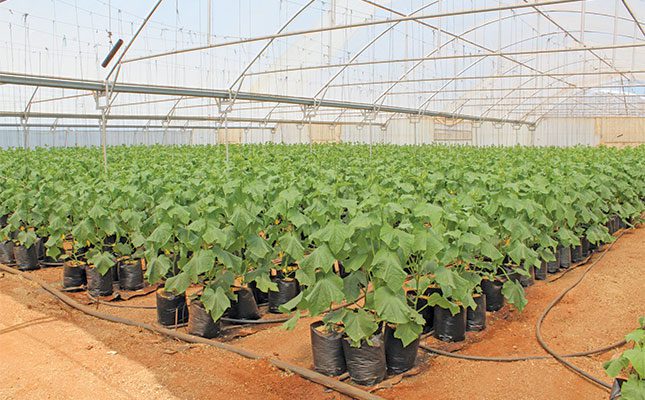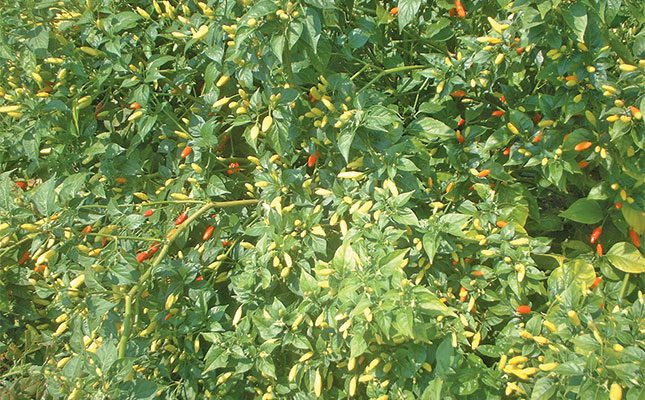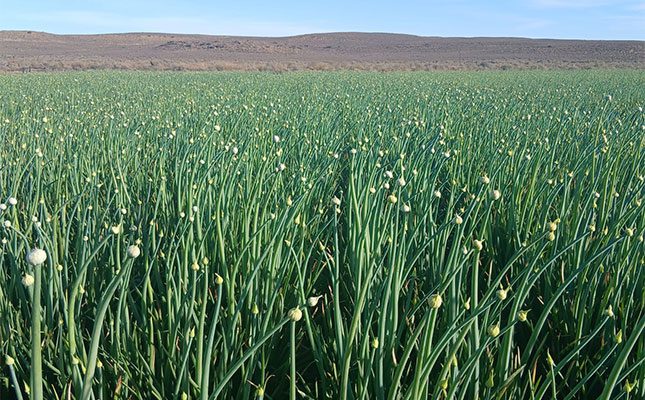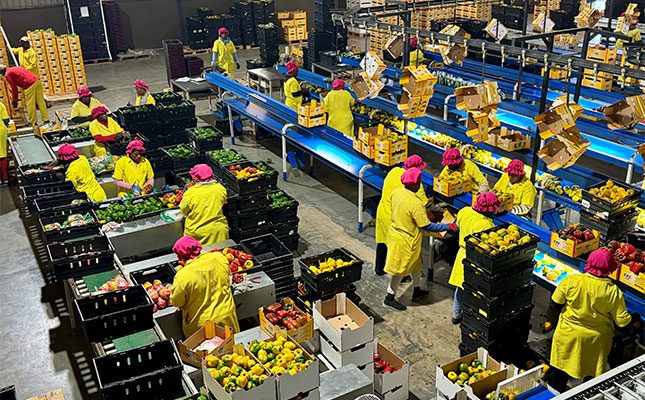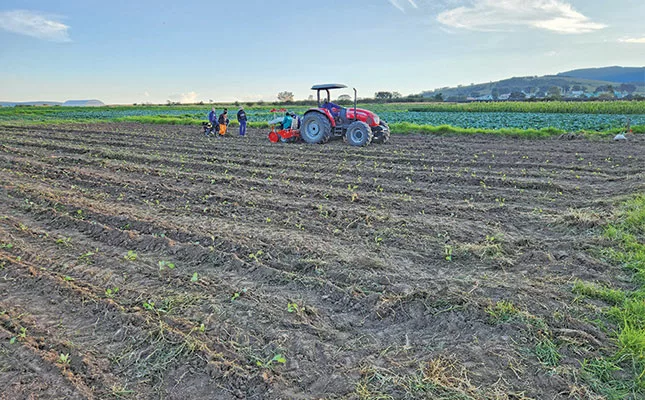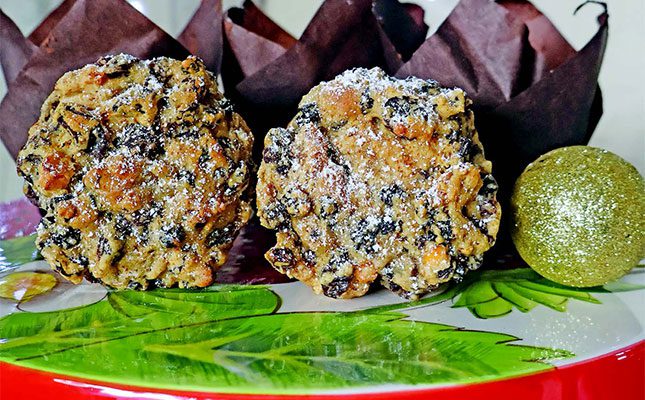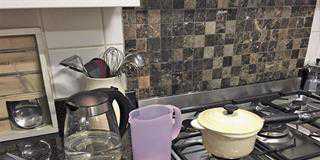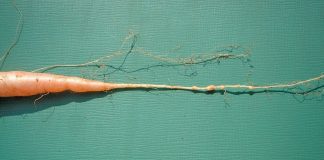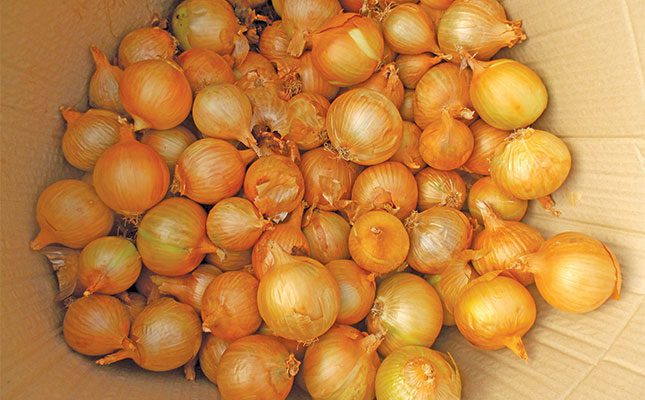
Onion sets are pickled onion-sized bulbs that are planted in February in short-day areas. They can be harvested before winter when prices are at their highest in South Africa, especially for producers in cool, short-day areas like the Highveld. They also give farmers an onion crop they can sell over a very long period.
Onions are conventionally harvested after winter in South Africa, which is the traditional marketing period in short-day areas.
By planting early- and late-maturing short-day varieties together with sets, you can be marketing from June to December, and even longer if your onions are harvested in November and held over in storage for later marketing.
To produce sets, you sow the seed in seedbeds from July to September at the normal density of 8g to 10g of seed per square metre. By early December, the seedlings will have produced pickled onion-sized bulbs due to the daylength forcing them to bulb.
These bulbs are then harvested, placed in netting bags and hung in a shed until it is time to transplant them, around 10 to 20 February.
Sow as evenly as possible
Care should be taken to sow the seed in the seedbeds as evenly as possible to get a uniform size of sets. Larger sets will be more inclined to produce split bulbs. If possible, grade the harvested bulbs to size.
The choice of variety is important; you need to plant an early-maturing variety that is flattish in shape. If a variety has round bulbs, they tend to become elongated when maturing into early winter.
It is important to understand the timing of your operation. The sowing time gives the onions the chance to have the correct size when the plants are forced to bulb due to daylength. If you sow too early, the bulbs will be too big and often uneven. If you sow too late, the bulbs will be far too small.
The time of the planting of the sets is also important, because if you transplant too early, there will still be too much allyl sulphide in the bulbs, which will inhibit sprouting.
If transplanted too late, the plants will have too much critical mass going into the cold, which will induce bolting and/or delay maturity.
It may seem expensive and a lot of extra work to produce sets, but the main reason for doing so is to harvest out of season when the market price can easily justify going this route.
I have come across large farmers who specialise in growing sets.
Other advantages include that it is easier to get a good stand and there is a greater range of weedkillers that can be used safely for sets compared with direct seeding and transplants. It also takes less water to bring the crop of onion sets to maturity.
Set transplanters are available, which will save on labour. However, with planting by hand, you can orient the bulbs root-side-down, which benefits the crop.
The disadvantages include the cost of producing sets and storing them. You tend to get more split bulbs, and there is the higher cost of transplanting if you are not mechanised. The yields are also slightly lower, and usually there is less uniformity of bulbs.
Bill Kerr is a vegetable specialist and breeder.

